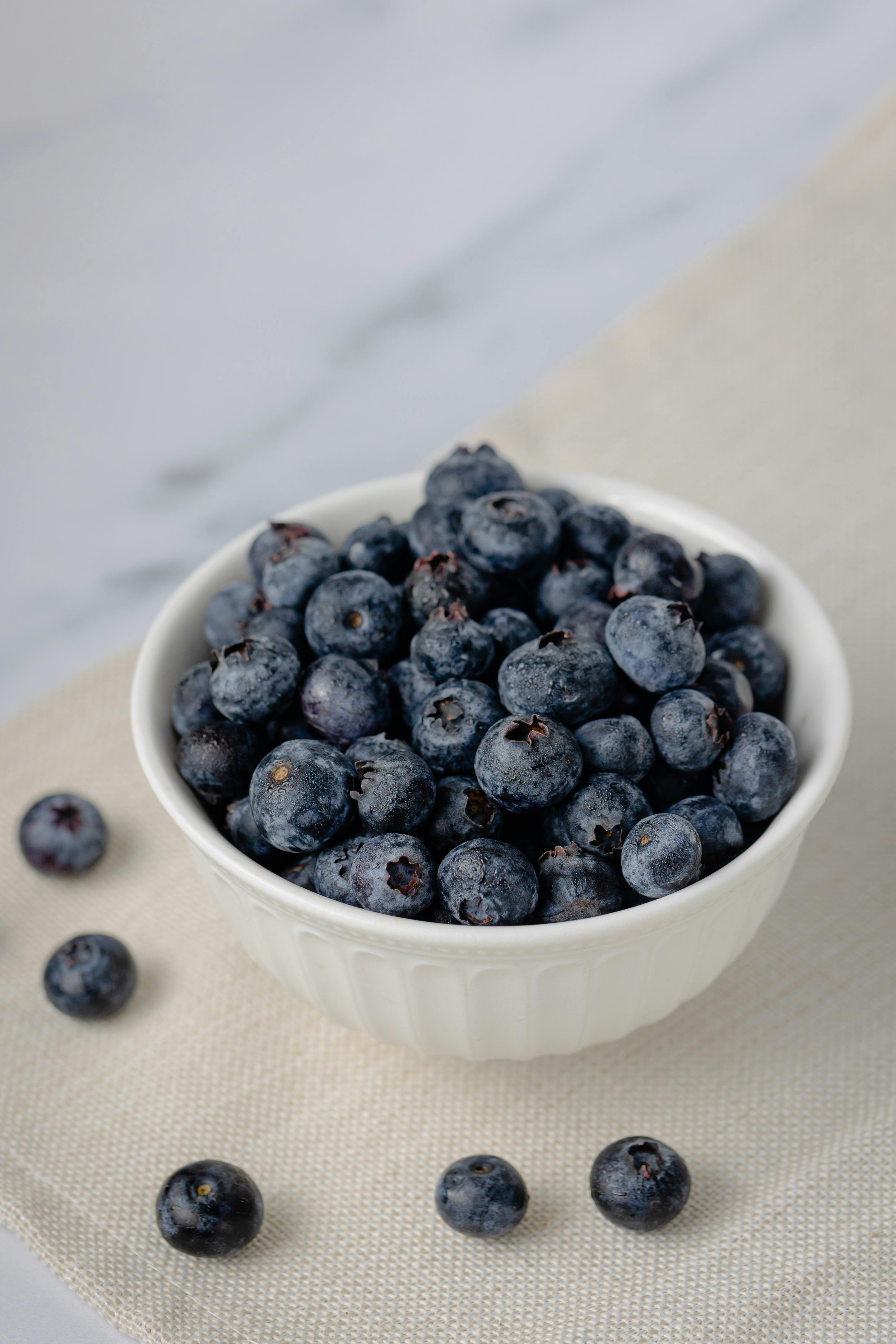Effective Ways to Optimize Your Paleo and Keto Diets in 2025
As dietary trends continue to evolve, the Paleo and Keto diets remain two of the most popular choices for those seeking healthier lifestyles. Understanding how to effectively integrate both diets can enhance your nutritional approach, offering various health benefits while ensuring a more sustainable eating pattern. In this article, we'll explore essential ways to optimize your Paleo and Keto diets in 2025, looking at their fundamentals, shared principles, as well as practical tips and meal ideas. With the rise of healthy eating trends, it's crucial to grasp the unique benefits of both approaches to maximize your weight loss efforts and improve overall well-being.
Understanding the Fundamentals of Paleo and Keto Diets
Building on the foundational concepts of the Paleo and Keto diets, we need to explore their core principles. The Paleo diet focuses on whole foods that our ancestors would have eaten, such as lean meats, fish, fruits, vegetables, nuts, and seeds, while avoiding processed foods, dairy, and grains. In contrast, the Keto diet centers around a high-fat, low-carb eating plan designed to induce ketosis, where the body burns fats instead of carbohydrates for fuel.
Both diets promote wholesome eating habits, but they do so in different ways. The Paleo lifestyle emphasizes natural, unprocessed foods, focusing on nutrient density and the elimination of modern agricultural products. On the other hand, the Keto lifestyle aims to significantly reduce carbohydrate intake while increasing healthy fats to achieve metabolic changes for weight loss.
Understanding these distinctions is crucial for identifying how to effectively optimize both diets in your daily routine.
Key Principles of the Paleo Diet
The Paleo diet is rooted in the belief that modern humans should consume the same foods as our Paleolithic ancestors. This means a heavy focus on whole, natural foods that are minimally processed. Key principles include:
- Whole Foods: Emphasizing fruits, vegetables, nuts, and lean proteins while avoiding refined sugars and grains.
- Healthy Fats: Incorporating sources of healthy fats such as avocados, nuts, and oils while steering clear of unhealthy trans fats.
- Nutrition-Minded Eating: Prioritizing nutrient-dense foods to ensure the body receives essential vitamins and minerals for optimal health.
Key Principles of the Keto Diet
The Keto diet, characterized by its high-fat, low-carb structure, encourages the body to enter a state of ketosis. Important principles include:
- High Fat Intake: Maximizing healthy fats from sources like coconut oil, avocados, and fatty fish.
- Low Carbohydrate Consumption: Restricting carbs to about 20-50 grams per day to promote ketosis.
- Balanced Macronutrients: Focusing on the right balance of fats, proteins, and carbs is essential for meal planning.
Differences Between Paleo and Keto Diets
With these fundamentals established, it’s important to delve into the differences between the Paleo and Keto diets. While they share common goals of promoting health using whole foods, their approaches and structures often lead to different outcomes in terms of weight loss and nutritional intake.
Macro Ratios: Paleo vs Keto
The primary difference lies in their macronutrient distribution. In the Paleo diet, there's no strict macronutrient guideline, allowing for a more balanced intake of carbs, protein, and fat. Conversely, the Keto diet maintains a specific macronutrient ratio, typically consisting of 70-80% fat, 20-25% protein, and only 5-10% carbs. This approach can be pivotal for individuals focusing on weight loss, as it emphasizes fat for fuel.
Food Quality and Restrictions
Food quality plays a significant role in both diets, but their restrictions differ. The Paleo diet allows for a wider variety of foods, including some high-carb fruits and starchy vegetables, while the Keto diet strictly limits carbohydrate sources to achieve ketosis. For instance, legumes and certain grains are wholly avoided in Keto, but may be consumed in moderation in Paleo. This difference can influence meal planning significantly.
Common Myths about Paleo and Keto
There are several misconceptions surrounding both diets. One common myth is that Keto is restrictive in terms of food diversity when, in fact, it can include a versatile range of foods within its macronutrient balance. Similarly, the Paleo diet is often thought to be low in carbohydrates; however, it can effectively accommodate a variety of fruit and vegetable options that provide necessary sugars and carbs. Suing these myths effectively in both diets can ensure better adherence and success.
Health Benefits of Paleo and Keto Diets
Both diets boast impressive health benefits that contribute to their popularity. Understanding these advantages can prove essential in your decision-making process.
Health Benefits of the Paleo Diet
The Paleo diet has been linked to various health advantages, including:
- Weight Loss: By promoting whole foods and eliminating processed foods, dieters often experience reduced calorie intake and increased satiety.
- Improved Energy Levels: The nutrient-dense nature of Paleo foods supports stable blood sugar levels and sustained energy throughout the day.
- Better Digestive Health: The emphasis on whole foods often leads to increased fiber intake, promoting better digestion.
Health Benefits of the Keto Diet
Meanwhile, the Keto diet has unique benefits, including:
- Effective Weight Loss: Many people find that the rapid weight loss associated with ketosis is more pronounced than in other diets.
- Enhanced Mental Clarity: Ketones produced during ketosis are known to improve brain function and mental clarity.
- Reduced Inflammation: Keto has been shown to aid in reducing inflammation in the body, which can lead to various health improvements.
Paleo and Keto Meal Preparation Strategies
To seamlessly integrate both diets into your routine, it's essential to establish effective meal preparation strategies. Proper planning is key to maintaining consistency and reaping the benefits of these diets.
Meal Planning for Paleo
For those following a Paleo eating plan, consider the following strategies:
- Batch Cooking: Preparing large quantities of meals aids in saving time and ensuring you have healthy options available throughout the week.
- Make Use of a Paleo Grocery List: Prioritize foods that are compliant with the diet to minimize temptation during grocery shopping.
- Experiment with Paleo Recipes: Discover fun, new ways to prepare your meals, like using unique ingredients and cooking methods.
Meal Planning for Keto
Just as with Paleo, meal prep for the Keto diet follows specific guidelines:
- Prepping High-Fat Snacks: Always have Keto-friendly snacks on hand, like nuts or cheese, to curb cravings and stay on track.
- Understand Keto Food Lists: Familiarize yourself with which foods are low-carb and promote healthy fat intake for meal complexity.
- Explore Keto Recipes: There are countless Keto-friendly recipes available that will keep your palate satisfied while sticking to your macronutrient goals.
Paleo and Keto Snacks for Sustained Energy
Whether you're at work or running errands, having quick and healthy snacks is essential in maintaining energy levels while adhering to either diet.
Paleo Friendly Snacks
Some excellent Paleo snacks include:
- Fruit and Nut Mixes: Combine dried fruits and nuts for a nutrient-dense energy boost on the go.
- Vegetable Sticks with Hummus: Crunchy veggies with homemade hummus keep your eating both nutritious and satisfying.
- Paleo Bars: Explore certified Paleo snack bars for portable convenience without compromising dietary principles.
Keto Friendly Snacks
To stay aligned with the Keto diet, consider having these snacks handy:
- Cheese Cubes or String Cheese: High in fats and protein, they're a quick snack option to satisfy cravings.
- Hard-Boiled Eggs: Packed with nutrients, they are a fantastic go-to snack that keeps you full longer.
- Avocado Slices: Simple to prepare and delicious, avocados are rich in healthy fats and can keep hunger at bay.
Conclusion
As dietary landscapes continue to change, optimizing your Paleo and Keto diets in 2025 presents exciting opportunities for improved health and well-being. By understanding the key principles, differences, benefits, and effective meal planning strategies outlined above, you can navigate these diets effectively and create a sustainable lifestyle. Incorporating both diets can enhance your nutrition, support weight loss goals, and promote overall wellness. As you embark on this journey, remember to stay flexible, have fun experimenting with new recipes, and embrace the community that comes with these lifestyle changes.

 ```
``` 